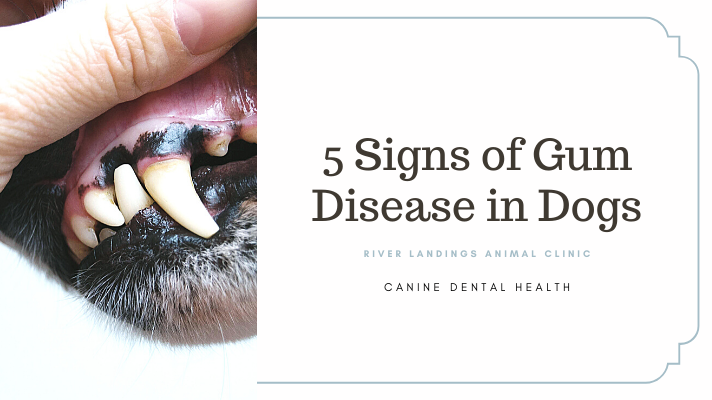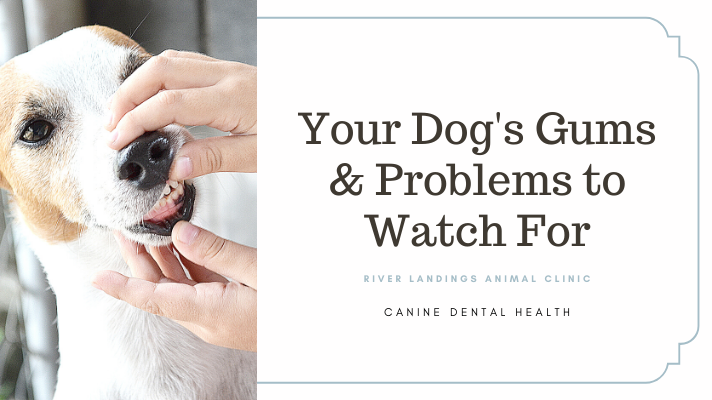Dogs are remarkable creatures. From the tip of their cold noses to the ends of their wagging tails, canine anatomy is as beautiful and graceful as it is unique and fascinating. The mouth, teeth, and skull of dogs are incredibly well adapted to meet the needs of one of nature’s most perfectly designed scavengers. The oral cavity of the dog is also the source of many myths and misunderstandings that lead to some potentially serious problems. Here are some of the most common, interesting and important dental questions regularly asked.
1. How many teeth do dogs have?
The average adult dog has about a third more teeth than his human counterpart. Adult dogs have 42 permanent teeth compared to a measly 32 average human teeth (not counting any wisdom teeth. Those are "bonus."). Puppies possess 28 baby teeth while human babies will have 20 deciduous or “baby” teeth.
2. When do dogs begin to lose their baby teeth?
Puppies begin losing baby teeth around 12 to 16 weeks of age. By four months of age, almost all of a pup’s deciduous teeth have been shed and many of the permanent teeth have already erupted and are in place.
3. Can you tell how old a dog is by looking at their teeth?
The answer is—it depends. When dogs are young, you can estimate their age by observing which teeth have erupted. For example, a puppy’s deciduous incisors typically erupt between 4 to 6 weeks of age and the permanent incisors are in place by 12 to 16 weeks. The canines or “fang teeth” emerge at 3 to 5 weeks and the permanent canines by 12 to 16 weeks. By the time the permanent molars are present, the dog is 4 to 6 months old. In general, once a dog reaches six months of age, all or least most of their permanent teeth are visible.
Once the adult teeth are in place by about 6 months, it’s anyone’s guess. Some veterinarians claim to determine a dog’s age by gauging the amount of wear on the teeth. Maybe. What if a young dog chews on hard things? That could lead to a three-year old stray dog mistakenly being categorized as a senior dog on the basis of worn teeth, resulting in a lower chance of adoption. The myth of aging dogs by their teeth started with horses. Horses’ teeth erupt over a five-year period ("full mouth at five"), wear at somewhat established rates and you can get a ballpark guess of the age of a horse by careful examination of teeth. The same isn’t true for man’s best friend. Or man. Guessing a dog’s age must include much more than simply the current state of their teeth.
4. Can dogs regrow adult teeth if they lose them?
This is a common myth asked about by many dog owners. Unlike species such as sharks, dogs can’t regrow lost or damaged teeth. If they lose an adult tooth, they lose it forever, just as in humans. This is why it’s so important to take good care of your pets' teeth. They’ve got to last a lifetime.
5. Do dogs get cavities?
Dental caries or “cavities” as they’re more commonly known, are rare in dogs. This is due to many factors including a relatively low-sugar diet, differences in mouth bacteria, and the shape of the teeth. When cavities do occur, they can be treated the same way as human cavities: drill out the damaged part of the tooth and fill it with a special dental compound. In severe cases involving tooth root exposure, endodontic procedures will be performed such as root canal and capping. Extraction of the affected tooth is required in certain cases. Another good reason to provide dental care for your dog.
6. Do small or large dogs have more problems with their teeth?
Dogs both large and small can develop serious oral and periodontal problems. In small dogs with short snouts and cramped jaws, we tend to see more issues with plaque, tartar, and dental calculus buildup. This leads to gum and periodontal disease and eventually painful loose teeth. Small dogs may chip and break tiny teeth if permitted to gnaw on hard toys. Larger breeds tend to experience more traumatic injuries to teeth and gums such as fractured tooth tips, broken jaws, and worn tooth surfaces. If the tooth root becomes exposed, this results in severe pain and death of the tooth. Larger dogs can also develop the same plaque and tartar buildup as well as the gum and periodontal disease of their smaller siblings.
7. How can I tell if my dog has gum disease?
Start by lifting your dog’s lips. If you see dirty or discolored teeth, typically an ugly brownish-greenish color, see your veterinarian. This is likely tartar or plaque and is an early sign of imminent gum or periodontal disease. Next examine the gums for any swelling or redness. If you brush your fingertip along the gum line and observe the tissues become angry and inflamed or even bleed, this indicates more serious gum infection and disease. Finally, take a whiff. If your dog’s breath is foul, this is usually associated with bacterial infection. “Doggie breath” shouldn’t be a reason to avoid your dog. Remember that sweet smelling “puppy breath?” A dog with a healthy mouth should have pleasant or at least neutral odor. If your dog exhibits any of these signs, see your veterinarian for help.
8. What’s that really big tooth in the middle of my dog’s upper jaw?
The largest tooth in a dog’s mouth is the upper fourth premolar also known as the carnassial tooth. Its special shape and tooth surface is designed to help shear, crush, and hold. This is why you see dogs grasp chew toys with the side of their mouth, chomping feverishly. This is also why you have to replace so many chew toys. Next time blame the carnassial teeth instead of your dog.
9. I heard that dogs could get mouth cancer. Is that true?
Unfortunately oral tumors are diagnosed in many dogs. In fact, it’s estimated that one in four dogs will die of some form of cancer. Malignant oral tumors in dogs can be very aggressive and quickly spread throughout the body if untreated. If you observe any swelling, lumps, or dark and unusual colored tissue in your dog’s mouth, have it examined immediately. If diagnosed early, many oral cancers have a relatively good prognosis.
10. I’ve tried many times to brush my dog’s teeth with no success. They seem to hate it. Is there anything else I can do to take better care of my dog’s teeth?
You’re not alone. It's quite common for a busy pet owner to not brush their dog’s teeth every day, either. So what can be done? First, have all your pets’ teeth professionally cleaned under anesthesia once a year at your vet. This is perhaps the single most important thing a pet parent can do for their pet when they can’t brush the teeth daily. While they’re under, your vet will take oral x-rays to make sure there are no hidden problems lurking out of sight underneath the gums. Next, provide your dogs with chew treats approved by the Veterinary Oral Health Council (VOHC) to help remove plaque and tartar. Many have special ingredients embedded in them that help reduce harmful mouth bacteria. You can also regularly rinse your dogs’ mouths with an antimicrobial rinse designed to kill pathogenic bacteria that can cause gum infection. This also helps leave their breath highly kissable. Finally, at least once a week, take a peek inside your dogs’ mouths to make sure everything looks, and smells, healthy. See, taking care of your dog's mouth isn’t so hard after all!
If you have any questions or concerns, you should always visit or call your veterinarian – they are your best resource to ensure the health and well-being of your pets.
Hear From Us Again
Don't forget to subscribe to our email newsletter for more recipes, articles, and clinic updates delivered straight to your e-mail inbox.
Related Categories:





